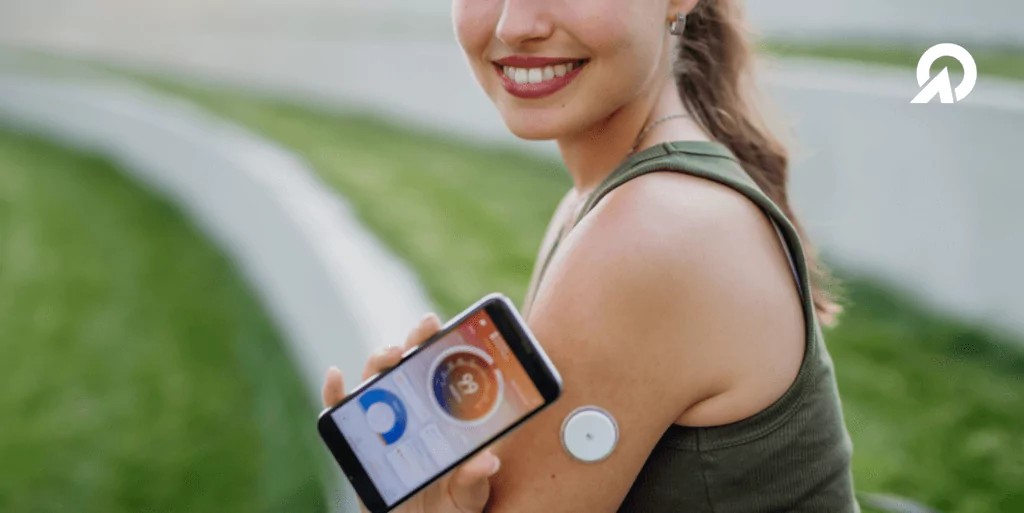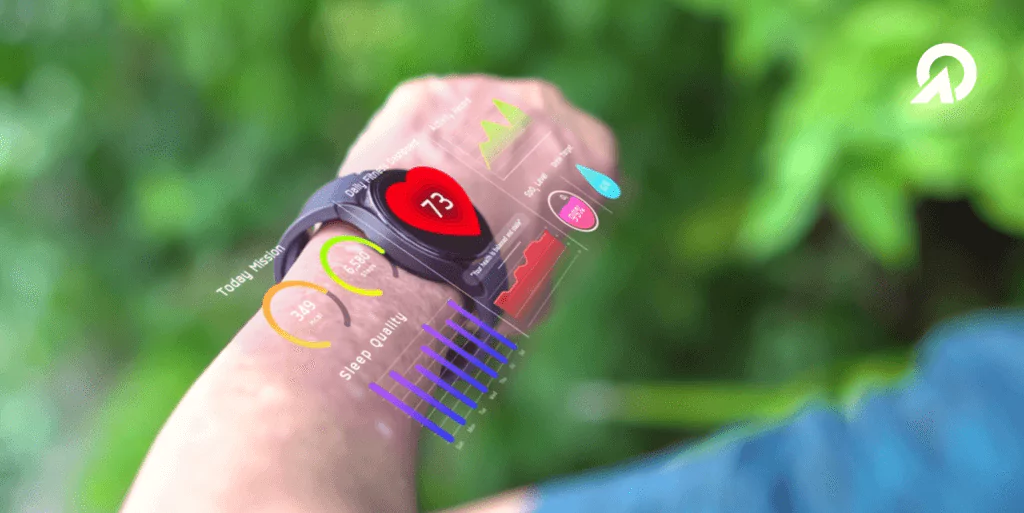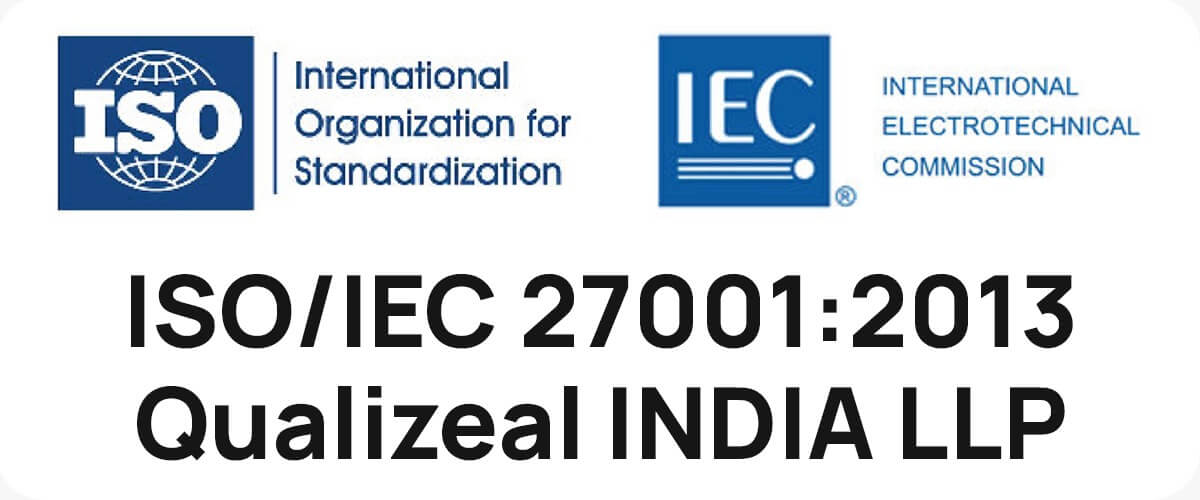INTRODUCTION
Healthcare wearable devices are revolutionizing the way we monitor and manage health. These devices, ranging from fitness trackers to advanced medical monitors, require rigorous testing to ensure they function correctly and safely. They provide real-time data, enabling users and healthcare professionals to make informed decisions. However, the accuracy and reliability of these devices are paramount, making thorough testing essential. This guide will cover everything you need to know about testing healthcare wearable devices.

https://www.grandviewresearch.com/industry-analysis/wearable-technology-market
The global market for healthcare wearable devices has witnessed exponential growth in recent years, fueled by technological advancements and an increased focus on personal health and wellness. According to a report by Grand View Research, the global wearable medical devices market size expected to expand at a compound annual growth rate (CAGR) of 12.9% from 2020 to 2030. This rapid expansion is largely driven by the rising prevalence of chronic diseases, the growing geriatric population, and the increasing adoption of digital health technologies.
As these devices become more sophisticated, they are being increasingly integrated into healthcare systems, providing real-time data that can be used for preventative care and personalized treatment plans.
For example, people with diabetes are using continuous glucose monitors (CGMs) to track their blood sugar levels in real-time, allowing for better management of their condition and reducing the risk of complications.

CASE STUDY
Continuous Glucose Monitors (CGM)
Functionality: CGMs continuously monitor blood glucose levels for diabetic patients, providing real-time data and alerts for high and low blood sugar levels. This allows for better management of diabetes.
Importance: These devices are vital for diabetic patients as they offer continuous and precise monitoring of blood glucose levels, reducing the risk of complications and improving quality of life by enabling more effective diabetes management.
Challenges in Implementing and Testing:
1. Data Accuracy and Calibration Testing:
Ensuring the CGM provides accurate glucose readings is paramount, as any deviation can lead to incorrect medical decisions. Testing must verify that the device can consistently measure glucose levels with high precision under various conditions (e.g., different temperatures, user activities, and interference from other medical devices).
2. Data Security and Privacy Testing:
CGMs transmit sensitive health data wirelessly, which must be protected from unauthorized access. Testing needs to ensure that the device’s data transmission protocols are secure and comply with regulatory standards.
3. Battery Life and maintenance:
Less frequent charging and reliable battery life is essential for uninterrupted data collection.
4. Compliance with Regulatory Standards:
CGMs must comply with stringent regulatory standards, such as FDA guidelines in the U.S. MDR guidelines for EU market and ISO standards globally. Testing must ensure that the device meets all relevant safety, performance, and quality standards.
5. Interoperability and Integration:
Wearable devices need to be integrated with other medical devices like transferring data to connected app, streaming to Central Monitoring Station in real-time or sending data to health platforms like EHR.
Testing Strategies:
When testing wearable devices, we have an approach called customer-centric solution approach which ensures that the product meets the real needs of users while maintaining high quality, reliability, and compliance with industry standards. Which includes people, process, tools and technologies.
1. People:
User Feedback Integration: Actively involve actual end-users in the testing process. Their feedback is invaluable for identifying usability issues, performance expectations, and potential improvements.
2. Process:
Layered Testing Strategy: Wearable devices consist of various layers such as the hardware layer (sensors), communication layer (Bluetooth, Wi-Fi), software layer (firmware, applications), and cloud integration. Each layer should be tested independently and then in combination to ensure seamless integration.
3. Tools:
Simulation Tools: Use simulators to test how the wearable device performs under different conditions without requiring extensive physical testing. For example, simulate varying levels of physical activity or glucose levels to test sensor accuracy.

Typical Wearable Devices Classification
Low Risk Devices
These devices pose minimal risk to users and are usually non-invasive. They generally do not require pre-market approval but must comply with general controls.
Ex: Fitness Trackers: These monitor physical activity and heart rate.
Moderate Risk Devices
Devices in this class have a higher risk than Class I devices and usually require more stringent controls, including pre-market notification or approval.
Ex: Blood Glucose Monitors: Wearable devices that continuously monitor blood glucose levels for diabetic patients.
High Risk Devices
These devices are considered high risk due to their complexity or potential to significantly impact health. They usually require extensive pre-market approval and ongoing monitoring.
Ex: Wearable ECG Monitors: Devices that perform electrocardiograms and provide detailed cardiac data for diagnostic purposes.
Important regulatory standards
| Standard designation | Description | Purpose |
| ISO 13485 | Develop a quality manual that outlines the structure of the QMS, including responsibilities, processes, and interactions. Ensure top management is committed to the QMS, including defining a quality policy, setting quality objectives, and conducting management reviews. | The standard focuses on risk management, regulatory compliance, and the safe production of medical devices, aiming to reduce risks and ensure the quality and effectiveness of devices. |
| ISO 14971 | Identify and assess risks associated with the wearable device, including risks related to the sensors, software, data transmission, and user interactions. Continuously monitor and evaluate risks throughout the device’s lifecycle, from design to post-market surveillance. | The purpose of ISO 14971 is to help manufacturers implement risk management processes to mitigate potential harm to patients and users, thereby enhancing safety and regulatory compliance. |
| IEC 62366 | IEC 62366 outlines the process for ensuring the usability of medical devices by focusing on the user interface design. It helps manufacturers identify and mitigate risks associated with usability issues that could lead to use errors | This standard ensures that medical devices are designed with user interaction in mind, minimizing the chances of user errors that could lead to harm, and enhancing overall device safety and effectiveness. |
| IEC 62304 | IEC 62304 is a standard for the development of medical device software. It provides a framework for the software lifecycle processes, including planning, development, verification, validation, and maintenance. | IEC 62304 is a standard for the development of medical device software. It provides a framework for the software lifecycle processes, including planning, development, verification, validation, and maintenance. |

Conclusion
- Healthcare Transformation: Wearable medical devices are revolutionizing healthcare by enabling continuous monitoring, early detection, and personalized health management, significantly enhancing patient outcomes.
- Challenges and Importance of Testing: The development of wearable devices faces challenges such as data accuracy, security, and regulatory compliance, making thorough testing essential for ensuring reliability and safety.
- Market Growth and Trust: As the healthcare wearable market grows, rigorous testing will be vital in building and maintaining the trust of both consumers and healthcare providers, ensuring these devices deliver on their promise.
- Customer-Centric Testing Approach: A holistic testing strategy that involves multidisciplinary collaboration, iterative processes, and advanced tools is key to addressing the unique complexities of wearable devices.












